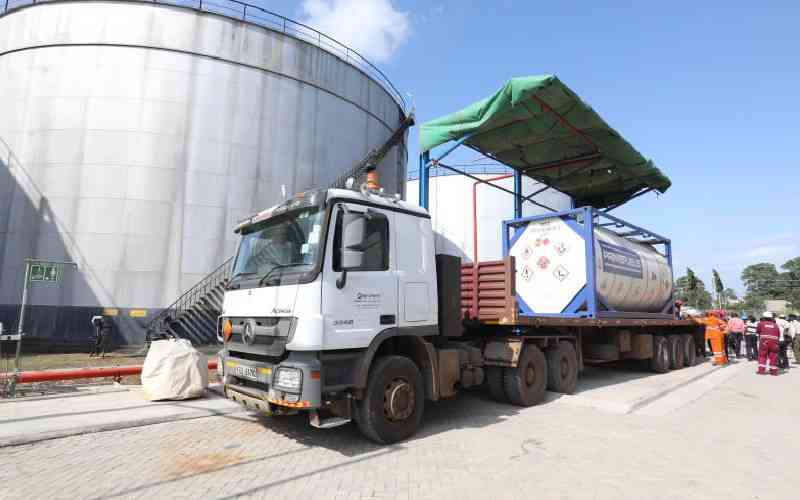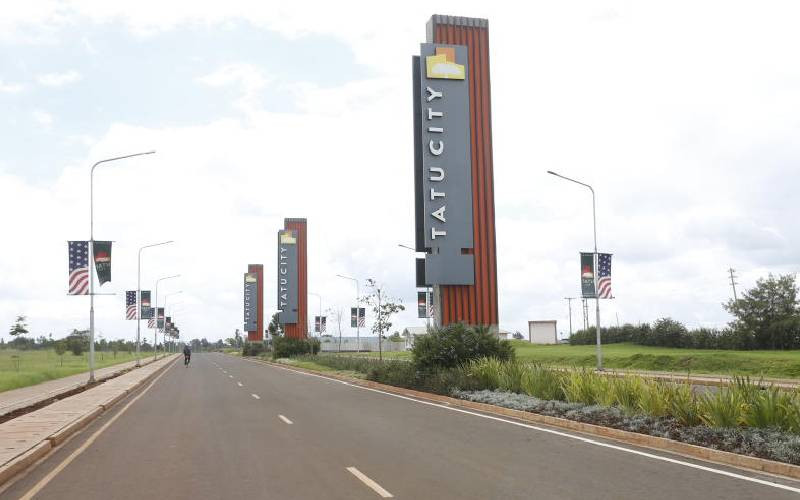×
The Standard e-Paper
Kenya’s Boldest Voice

That community land, registered or unregistered, is recognised as the society’s property in the Community Land Act (CLA).
The process of compulsory acquisition of the same for public use attracts compensation for the community, or individuals, giving it similarity to private land.






